In the vast, arid landscapes of North America’s deserts, a tiny creature defies the odds and thrives where many might falter. The kangaroo rat, a small rodent with remarkable adaptations, has captured the fascination of scientists and nature enthusiasts alike. This charming animal has unlocked the secret to surviving without free-standing water for decades, a feat that seems almost mythical in the harsh arid climates they inhabit.
The Desert Habitat of the Kangaroo Rat

Native to the sandy and rocky terrains of the southwestern United States and Mexico, the kangaroo rat is a desert specialist. These regions are characterized by extreme temperatures and scant rainfall, creating a challenging environment where survival demands ingenuity. Kangaroo rats have evolved alongside these conditions, developing unique adaptations that allow them to navigate the inhospitable desert landscape and make it their home.
Physical Adaptations to a Parched World
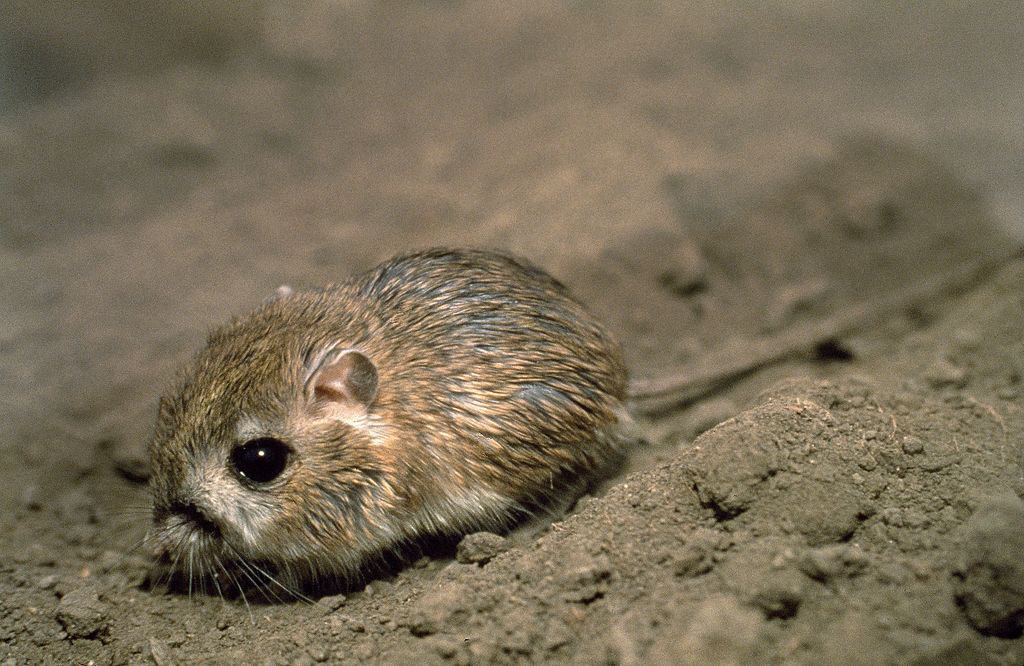
The kangaroo rat boasts an array of physical traits that equip it for desert life. Its large hind legs, reminiscent of a kangaroo, enable it to leap up to nine feet in a single bound, allowing for rapid locomotion across the hot sand. This agility is crucial for escaping predators and finding scarce food sources. Additionally, its fur-covered body minimizes heat absorption and helps to maintain a stable body temperature under the blazing desert sun.
Diet: The Key to Waterless Existence
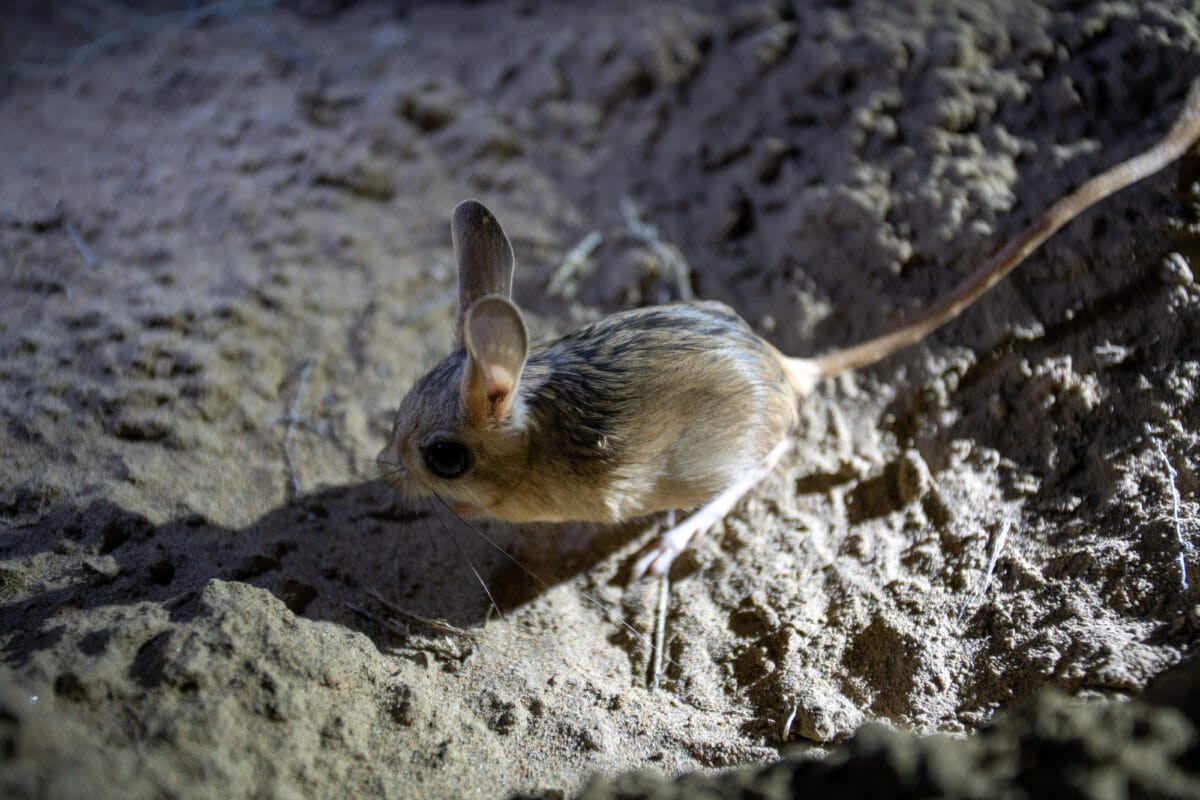
One of the kangaroo rat’s most fascinating adaptations lies in its diet. These rodents primarily feed on seeds and dry vegetation, which may seem counterintuitive in a water-scarce habitat. However, the metabolic process of breaking down these foods allows them to produce water internally through cellular respiration. This efficient water-conserving mechanism enables them to survive periods without direct water intake.
The Power of Metabolic Water

In terms of metabolic water generation, the kangaroo rat is a true marvel. While most animals need to drink water to meet their hydration needs, kangaroo rats manage entirely through metabolic water production. This process occurs when they metabolize carbohydrates and fats in their food, releasing water as a byproduct. It’s this extraordinary adaptation that allows these rodents to live for long stretches without ever drinking water directly.
Efficient Kidney Function

The kangaroo rat’s kidneys play a significant role in its water conservation strategy. These organs are highly specialized, capable of producing urine that is extremely concentrated with waste, minimizing the loss of precious water. By retaining water and excreting only the bare minimum, their kidneys help ensure that every possible droplet is used to maintain their physiological balance.
Behavioral Strategies for Water Conservation

Beyond physical and metabolic adaptations, kangaroo rats employ clever behavioral strategies to minimize water loss. They are primarily nocturnal animals, spending the sweltering daytime hours in their burrows to conserve moisture and energy. During the cooler nights, they emerge to forage, reducing exposure to the dehydrating effects of the sun.
Burrow Engineering: An Underground Oasis

The design of their burrows is another testament to the kangaroo rat’s resilience and adaptability. These subterranean homes provide a refuge from extreme temperatures and help maintain higher humidity levels. By creating a more stable environment underground, kangaroo rats reduce the evaporation of moisture from their bodies, further aiding their survival in arid conditions.
Reproductive Tactics for Continuity
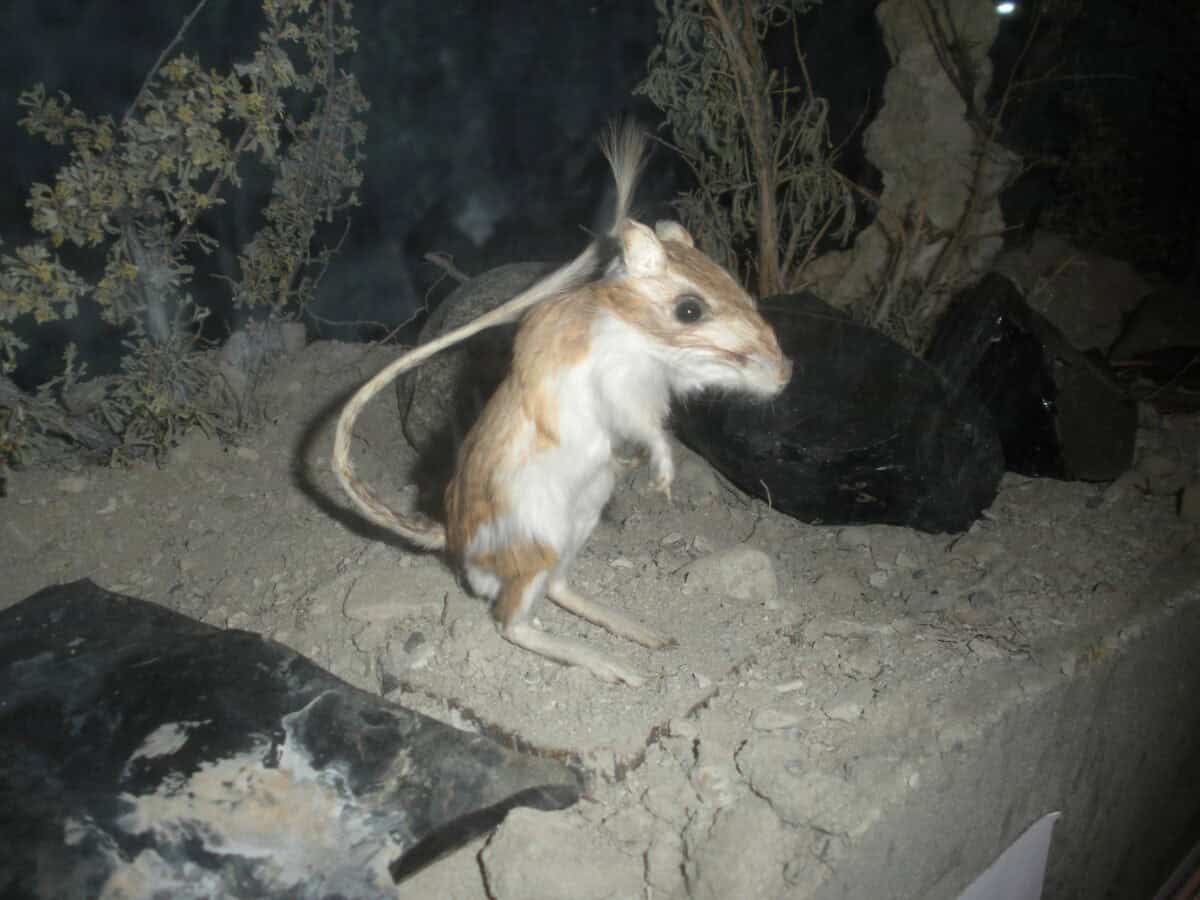
Reproduction in kangaroo rats is also attuned to their challenging environment. Breeding peaks occur when conditions are most favorable, often following rare instances of rainfall. This timing ensures that offspring are born into a world where resources are slightly more abundant, enhancing their chances of survival.
Interdependence and Ecosystem Role
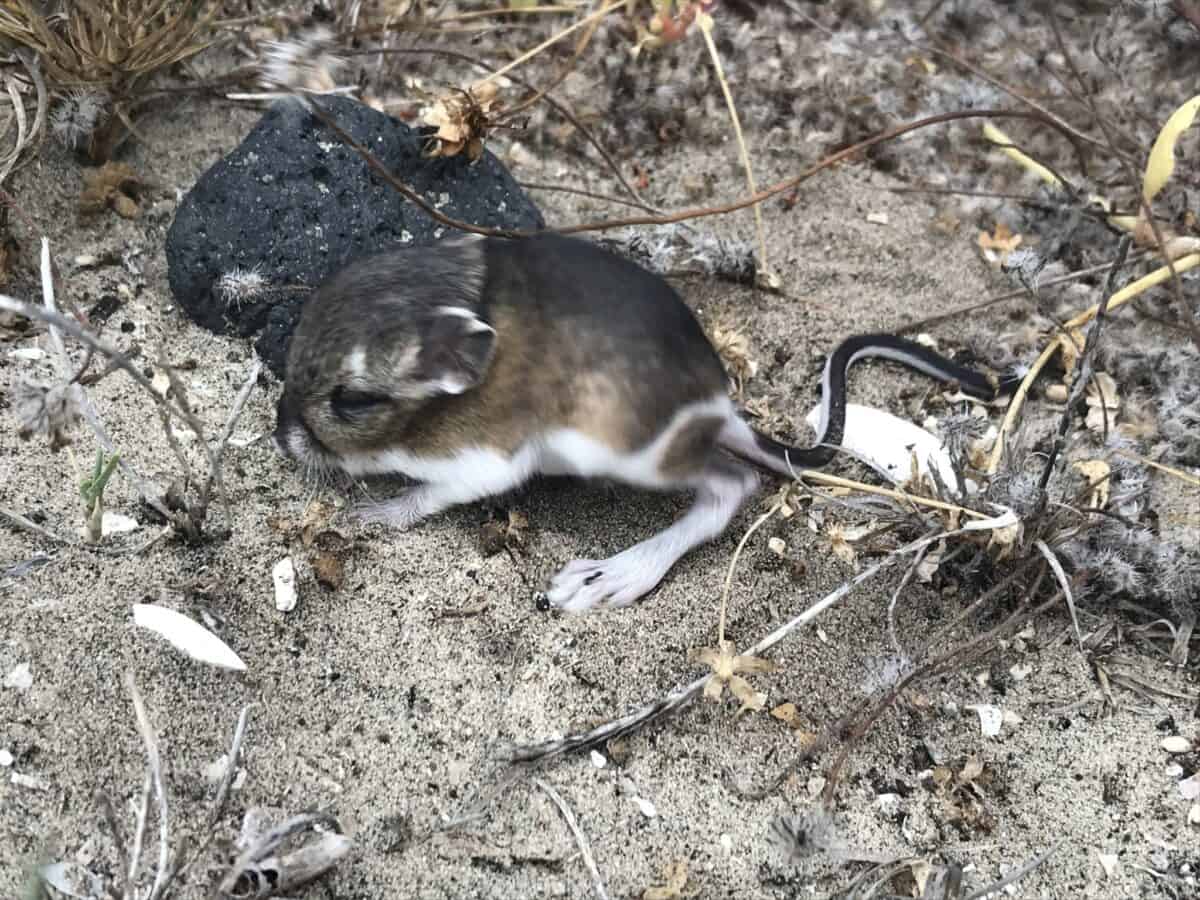
The kangaroo rat isn’t merely a survivor; it plays a crucial role in its ecosystem. As seed dispersers, these rodents contribute to maintaining plant diversity in desert environments. Their burrowing activities aerate the soil, promoting the growth of vegetation, which in turn supports other wildlife forms. Their existence is vital to the delicate balance of desert ecosystems.
Conservation Challenges

Despite their resilient nature, kangaroo rats face threats from habitat destruction and climate change. Human encroachment and altered weather patterns can disrupt their specialized living conditions, making conservation efforts integral to their continued existence.
The Marvel of Nature’s Adaptation
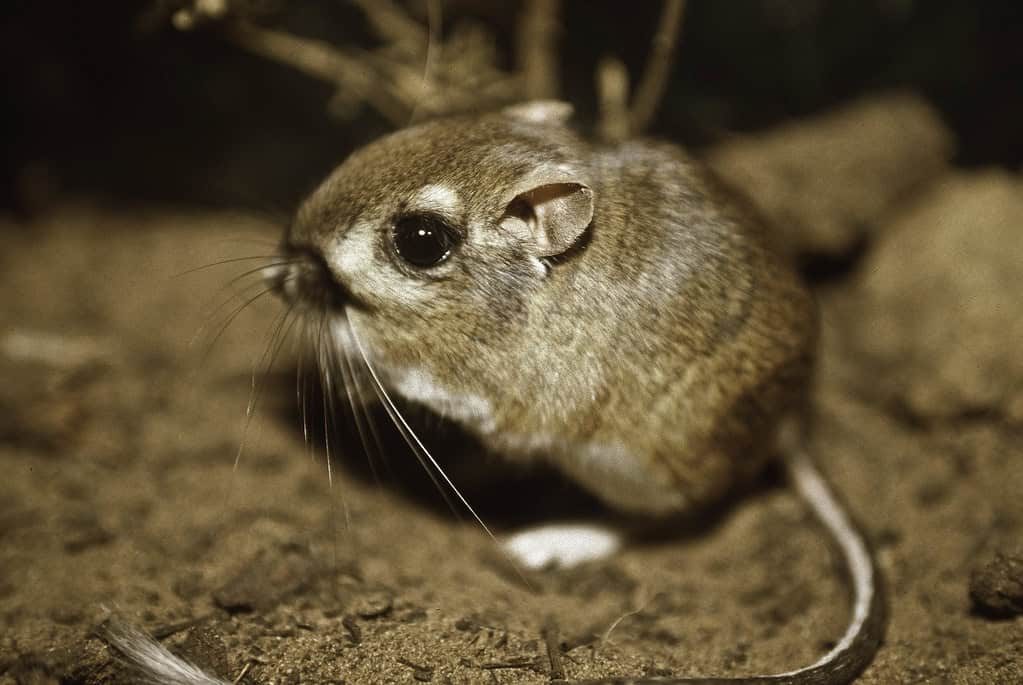
The kangaroo rat’s ability to survive without direct water intake for decades stands as a remarkable example of nature’s ingenuity. Through a blend of physical adaptations, metabolic processes, and behavioral strategies, these small rodents have evolved to master some of Earth’s most inhospitable terrains. As we continue to study and marvel at their capabilities, the kangaroo rat reminds us of the incredible adaptability of life and the vital importance of conserving our planet’s diverse ecosystems.
The kangaroo rat is a tale of extraordinary adaptation and survival. It illuminates the power of evolution and the incredible ways life on Earth has adapted to its many challenges. Through understanding and preserving creatures like the kangaroo rat, we not only safeguard a unique species but also deepen our appreciation of the complexity and resilience of nature itself.
- The Truth About How Eagles Survive Harsh Winters - August 24, 2025
- Watch: Komodo Dragon Swallows Baby Goat In Seconds - August 24, 2025
- The Oldest Living Fish Discovered in the Pacific Ocean - August 24, 2025

